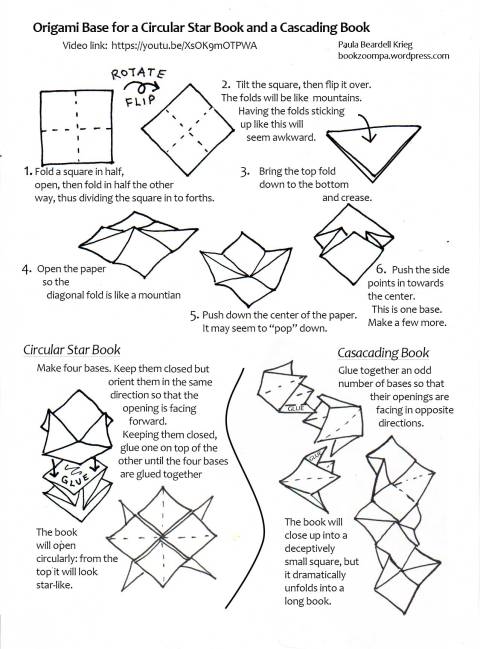For years, until she retired, I worked with an enthusiastic classroom teacher named Anna who loved seeing her students make books. Instead of teaching bookmaking skills she created a bookmaking corner in her classroom that included a little display of books that I had taught her how to make. These books were accompanied by written… Continue reading Four Books Students Can Figure Out How to Make on Their Own
Tag: Pamphlets
Making Books with Ed Hutchins
This past Saturday Ed Hutchins presented a three-hour workshop as part of the Book Arts Summer in Salem event. Ed is the kind of book artist and teacher that I would recommend taking a workshop with no matter what it is he is teaching. So of course I signed up. As everyone's style of teaching… Continue reading Making Books with Ed Hutchins
Making Books with Teenagers, Post #2
Last Friday I was so impressed with the book making that I saw being done by high school students that I wanted to put up a post immediately. So I did. But I knew that I would continue thinking about these students and their work (after driving 100 miles each way - and teaching -… Continue reading Making Books with Teenagers, Post #2
Making Books with Teenagers, Post #1
It's a real gift to be totally surprised by the results of a bookmaking workshop. I did not have a clue that I would enjoy working with teenagers as much as I enjoyed working the group that taught this past week. They were smart, capable and enthusiastic and they have an art teacher (the teacher that… Continue reading Making Books with Teenagers, Post #1




